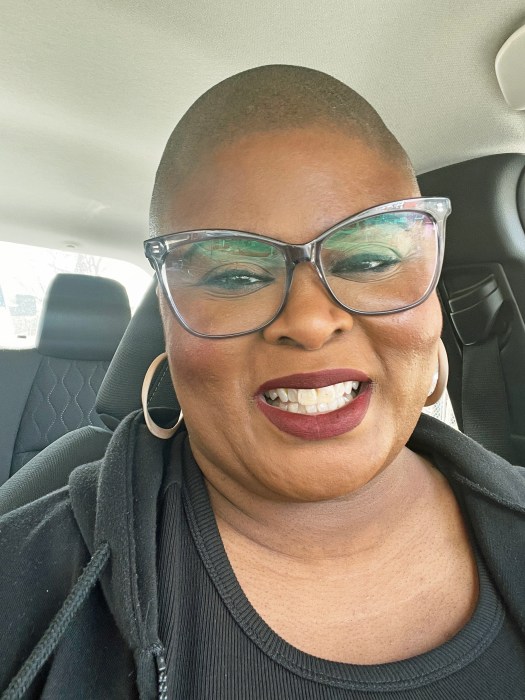Eclectic French director Michel Gondry makes his first bid at a big-budget studio tent-pole with “The Green Hornet,” based on the 1940s radio program and 1960s TV series. Metro caught up with Gondry to discuss his sketching habit, dealing with racial issues and avoiding intimacy on screen — and we commissioned an original drawing.
Do you still create extensive storyboards for your work?
My first movie, “Human Nature,” I did every single shot in storyboard because the budget was small and I wanted to do everything, like a piece of Lego. Every set was conceived and done on stage. And then I realized it suffocated the actor a little bit. So since then I decided that when it concerns only the actor, I will not storyboard. It will be open to conversation at the last minute. Now when there are 10 cars flipping and exploding, and the building is exploding and falling apart, then you have to have to do some storyboards for people to work.
With the character of Kato, “the Green Hornet” has had some unpleasant racial connotations associated with it. How did you work to avoid or address those?
To me, that was the main thing. Even in the draft I had 10 years ago or 15 years ago, he was still the servant attitude. It was very condescending to have him as the servant. That was one thing we didn’t want to have in this movie. But you know what’s really funny, and a thing I don’t understand? People criticized us that we took a real Chinese actor — actually he’s from Taiwan — to have a bigger market. But it’s so funny because the problem of all the American movies I can remember is that they would never take a real Chinese person to do a Chinese character. David Carradine played “Kung Fu,” which was supposedly to be played by Bruce Lee — it was a concept by Bruce Lee. But they didn’t want him because he was too Chinese. And here we take a real Chinese actor, and people still complain. There is always room for complaint.
You’ve mentioned avoiding including much of a love story in this film because you thought it would be too distracting.
Not that I’m somebody pure who never sees sex in movies and everything like that, a lot of time I feel uncomfortable when people get too intimate on the screen. I remember with Kate Winslet and Jim Carrey we had some pretty hot scenes [in “Eternal Sunshine of the Spotless Mind”], and once I was in there, I was, “OK, put your hand in his pants and go for it.” Then when you man the camera, you go for it. But I generally don’t like to watch the scene. And I remember they asked me if Kirsten Dunst could be topless, and I didn’t want to ask her. They made me ask her, they forced me to ask her, the producer. And I did it, and she said to me, “No. The only director that I would get my bra off for would be Almodovar, not you.” It was really embarrassing because I didn’t want her to do it in the first place.
















